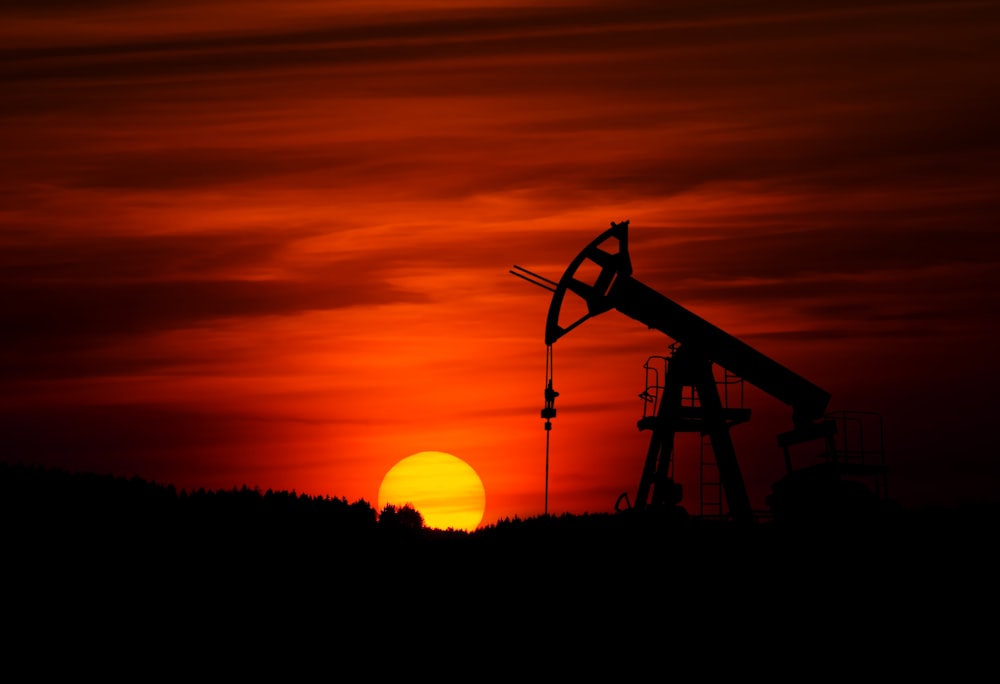Oil Candle In The Wind - The Energy Report
Image Source: Unsplash
Oil is like a candle in the wind, never knowing which way to go when rain sets in. Whether it’s storms in the Atlantic or geopolitical storms raging. Oilseems to be locked in a geopolitical trading range as US inventories are tight and the crack spreads for heating oil and gasoline stay solid. Oil traders that were holdingrecord short positions are now flip flopping back and forth like a fish that was just reeled into a boat. And if you think it’s just about geopolitics, at 9:00 am central time, Fed Chair Jerome Powell is set to speak live from Jackson Hole.
Trying to get a peace deal between Russia and Ukraine is very complicated and the market isn’t as sure as they were only last week. Reports that President Trump has withdrawn from mediating, calling on Putin and Zelensky to hold their own talks, caused a quick dip in oil prices. According to reports, arranging a summit between Russia and Ukraine is difficult due to stalled security guarantee negotiations, with Russia seeking inclusion in those guarantees.
Meanwhile, Ukraine is ramping up its attacks on Russian energy infrastructure, that caused oil to rally for a while overnight as it sent shockwaves through the region. The Unecha pumping station, a vital part of the Druzhba pipeline that supplies Europe, caught fire due to Ukrainian missile and drone strikes, according to the local Russian governor. What does this mean? Oil flows to Hungary and Slovakia could be stopped for at least five days.mBoth countries are now calling on Europe to step up and guarantee supply security as tensions flare.
Ukraine isn’t just making random strikes—its attacks on Russia’s energy sector are part of a bigger plan to hit Moscow where it hurts, in the wallet and hopefully put Ukraine in a better barging position. Remember, energy brings in about a quarter of Russia’s state budget. Ukraines attack on the Unecha pipeline strike is just the latest; there were similar hits back in March and August, targeting other key facilities. Ukraine wants to drain Russia’s resources and slow down its war machine, but these bold moves have consequences. If they continue, we’re looking at possible energy shortages across Europe and oil prices that could climb even higher.
Hungary isn’t happy—its Foreign Minister Péter Szijjártó called the attacks “outrageous and unacceptable,” accusing Ukraine of putting Hungary’s energy security at risk. Meanwhile, Ukraine’s own Foreign Minister Andrii Sybiha says the real blame rests with Russia’s ongoing aggression.
If a ceasefire is not secured, Ukraine may continue to target Russian infrastructure, which could impact energy markets and European supply chains. Additionally, reports of Trump’s opposition to NATO membership for Ukraine as part of postwar security guarantees add complexity to diplomatic discussions and may affect Kyiv and its European partners.
Turmoil for the oil market has been the hoped for talks been between Russia and Ukraine yet talks with Iran is still bubbling in the background. Yesterday the US has announced sanctions on Iran-linked vessels and entities, adding another layer of suspense to global affairs and more risk to the upside for oil.
Natural gas it’s trying to edge back higher as storms continue to develop in the Atlantic. The inventory report was a little bit supportive. Yet Fox Weather reports that Hurricane forecasters now tracking a triangle of tropical trouble as Atlantic Basin bubbles with activity. Fox Weather says that while Hurricane Erin continues to churn off the mid-Atlantic coast, forecasters are also now keeping a wary eye on three other systems farther out in the Atlantic that could have inklings of developing into their own named storms.
The EIA reported 3,199 billion cubic feet (Bcf) of working gas stored underground across the Lower 48 states. That’s 13 Bcf more than last week, 95 Bcf less than last year, but an impressive 174 Bcf above the five-year average of 3,025 Bcf! So, overall, storage is looking strong and steady.
Fox Weather reports the system with the greatest odds of eventually becoming at least a tropical depression, if not Tropical Storm Fernand, is cluster of showers and thunderstorms a few hundred miles east of the Leeward Islands. The NHC just designated this system as Invest 90L late Thursday morning, allowing forecasters to run additional computer models runs to track the disturbance. This batch of tropical clutter hasn’t changed much in the past day, but the NHC still gives high odds it will become a tropical depression this weekend while it moves near or to the north of the northern Leeward Islands.
More By This Author:
When Does Patience Wear Thin - The Energy Report
War Profiteering - The Energy Report
Trump's Peace Map - The Energy Report




